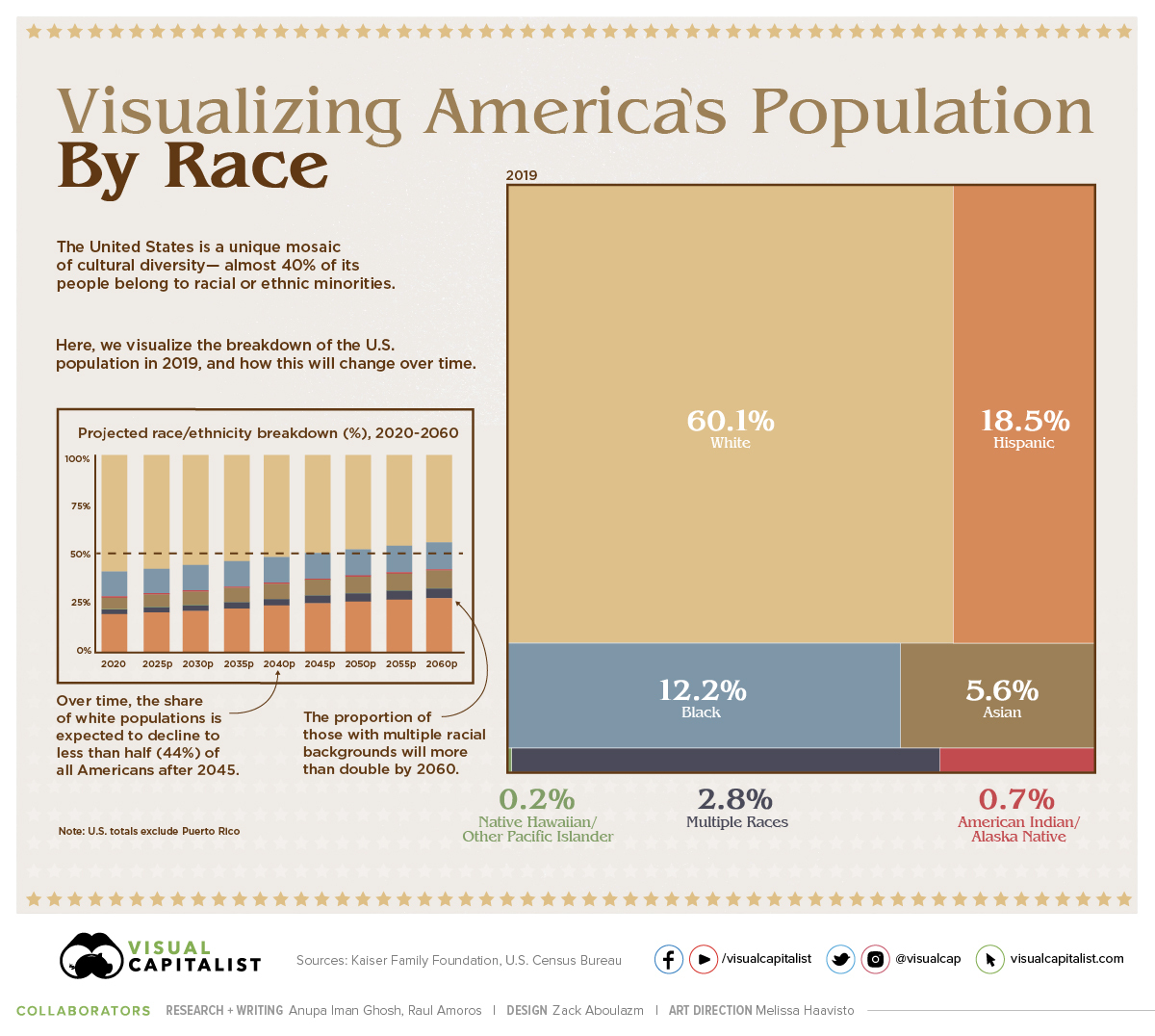
We dive into each category of livestock below. Though there is definite correlation, especially when it comes to natural obstacles for both humans and livestock like deserts, forests, and mountain ranges, the concentration of livestock spreads far further than the densest human cities. Chicken, Beef, and Pork Livestock DensityĪs a starting point, it’s worth noting that the above map of all livestock might seem reminiscent to a human population density map. These maps from Adam Symington help to answer these questions, using the Gridded Livestock of the World database from the UN Food and Agriculture Organization (FAO), which models livestock densities from 2010 around the world. So where are the various types of livestock concentrated in the world? And how do national consumption habits influence animal husbandry? Mapped: Global Livestock Distribution and DensityĬombined together, meat, dairy, and eggs make up nearly 18% of the average person’s diet.īut in order for these meat and animal products to reach consumers, a vast global livestock industry-one supporting the livelihoods of 1.3 billion people globally-operates in fields and farms largely unseen from major cities. Jimmy Carter, 39th President of the U.S.Įditor’s note: This article has been updated to better reflect U.S. Different people, different beliefs, different yearnings, different hopes, different dreams. We become not a melting pot but a beautiful mosaic. This information can be used to better understand existing income and wealth gaps, track public health outcomes, and to aid in policy decision-making at higher levels. population by race is crucial for a number of reasons.

While it’s not a state, its inhabitants are all considered U.S. Looking to another island, an overwhelming majority (98%) of Puerto Ricans are of Hispanic origins. It also has one of the most diverse racial breakdowns in the nation overall, including the highest proportion of mixed race individuals. Of all the 50 states, Hawaii is home to the largest share of Asian populations at 39%. Note: A dash (-) indicates estimates with relative standard errors greater than 30%, which were not included in the data In contrast, Black populations are highest in the District of Columbia (45%) and several Southern states. In the Northeast-particularly the states Maine, Vermont, and New Hampshire-the Non-Hispanic White population accounts for 90% or more of the total. Of course, racial diversity in the United States differs widely from region to region. In fact, it was only from 1960 onwards that people could select their own race-and only from 2020 can those who chose White or Black provide further information on their roots. Census has been vastly expanded to reflect the true diversity that the country holds. Interestingly, the proportion of those from multiple racial and ethnic backgrounds will more than double, from 2.3% to 4.9% alongside rising patterns of interracial marriage. Both proportions remain unchanged in these projections. *Excludes Hispanics **Other includes American Indian/Alaska Native (0.7%) and Native Hawaiian/Pacific Islander (0.2%).


 0 kommentar(er)
0 kommentar(er)
